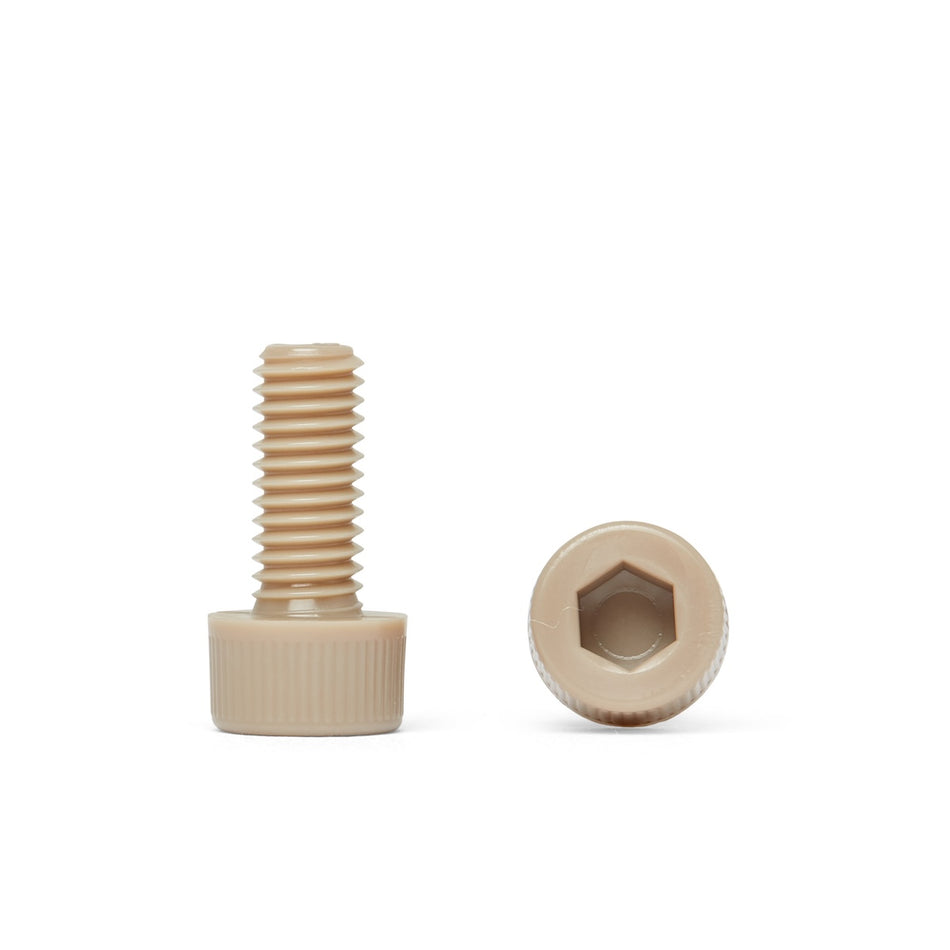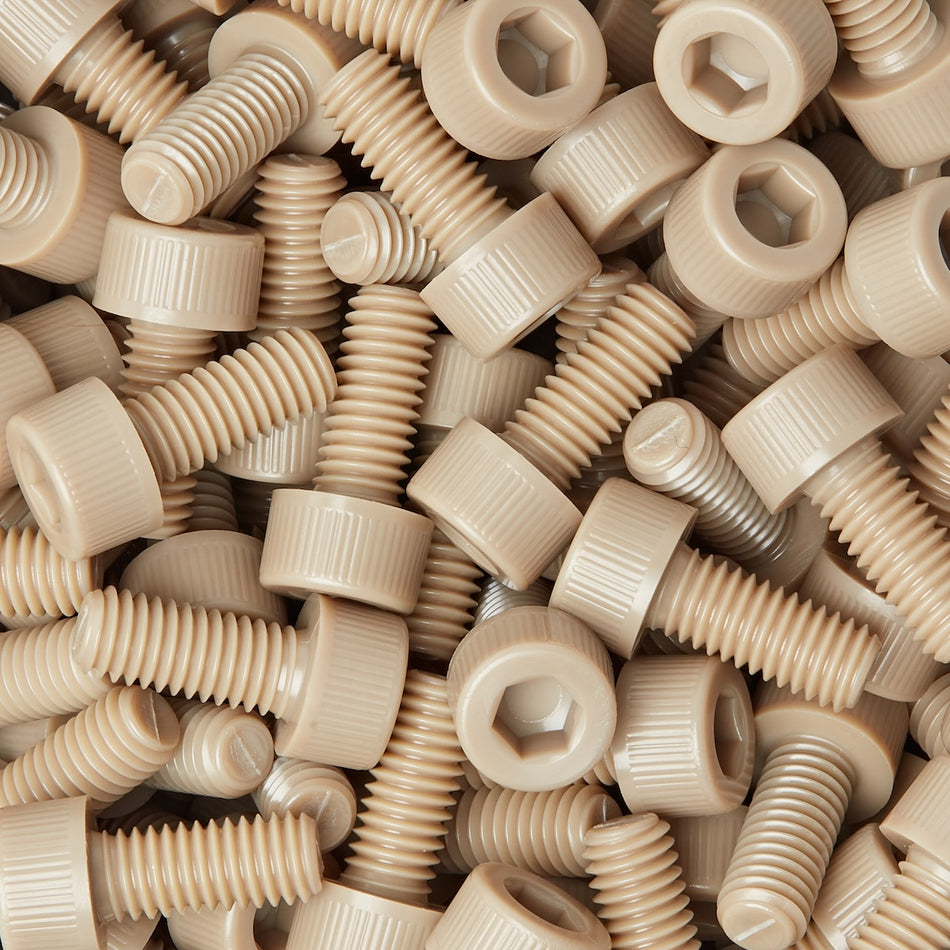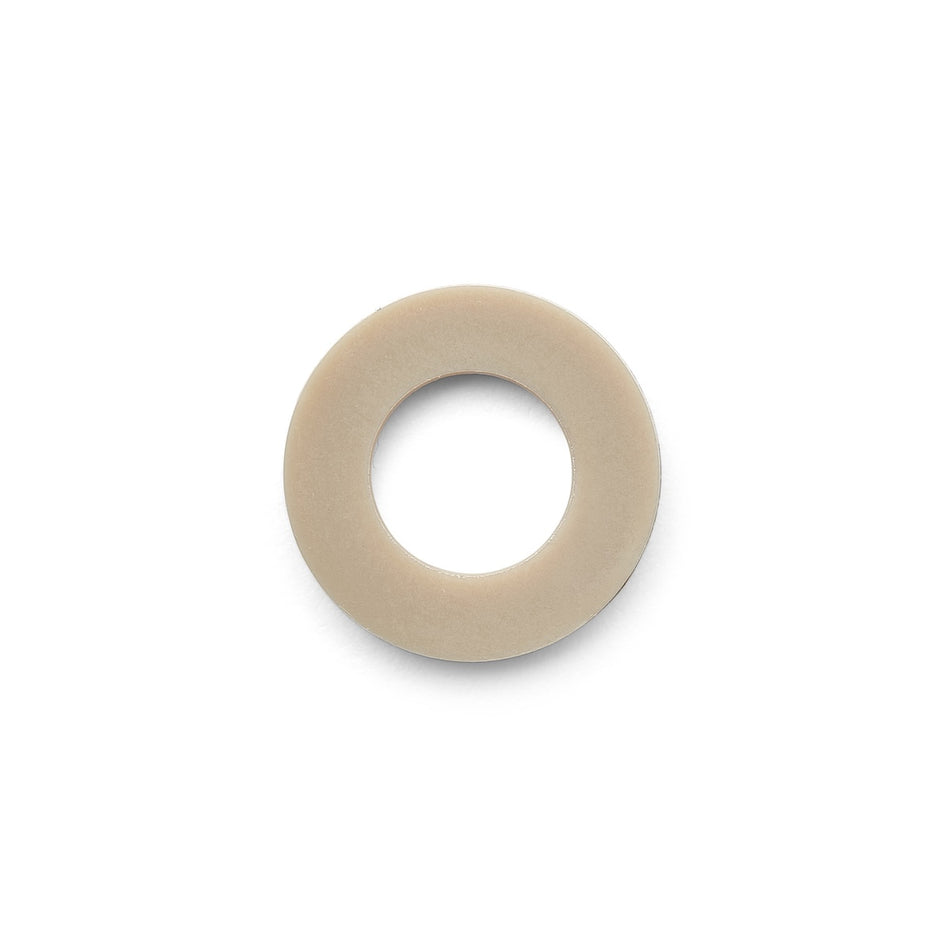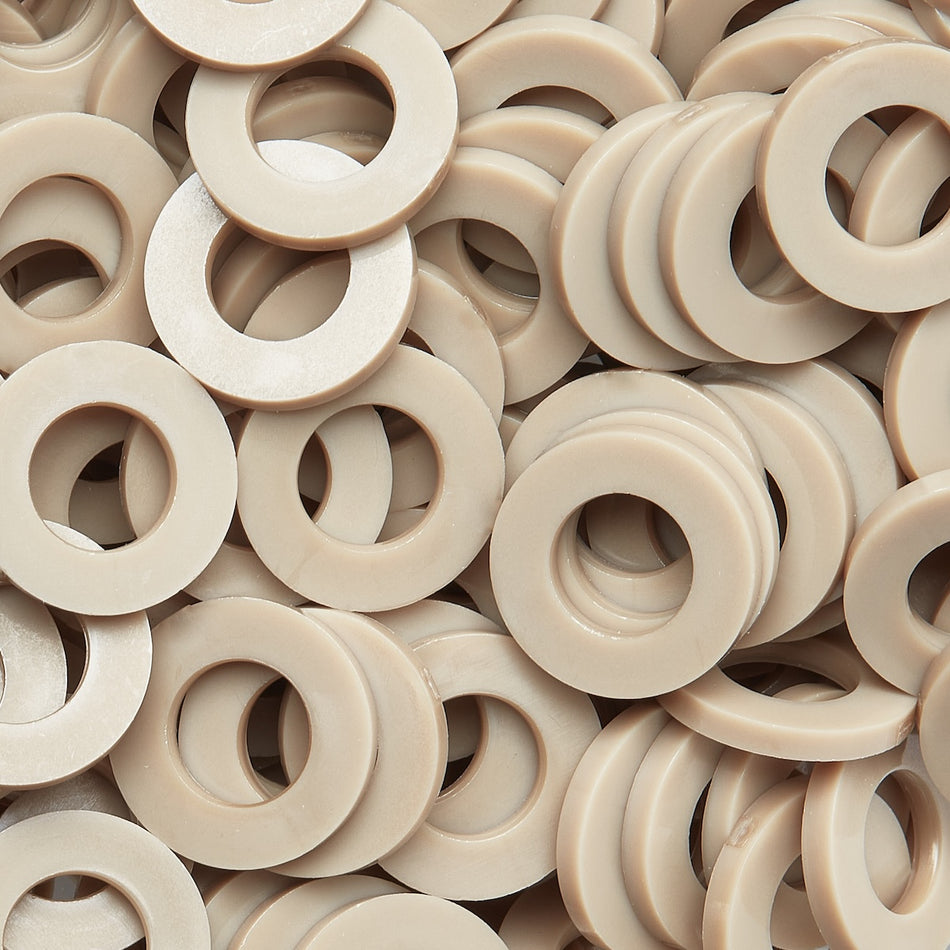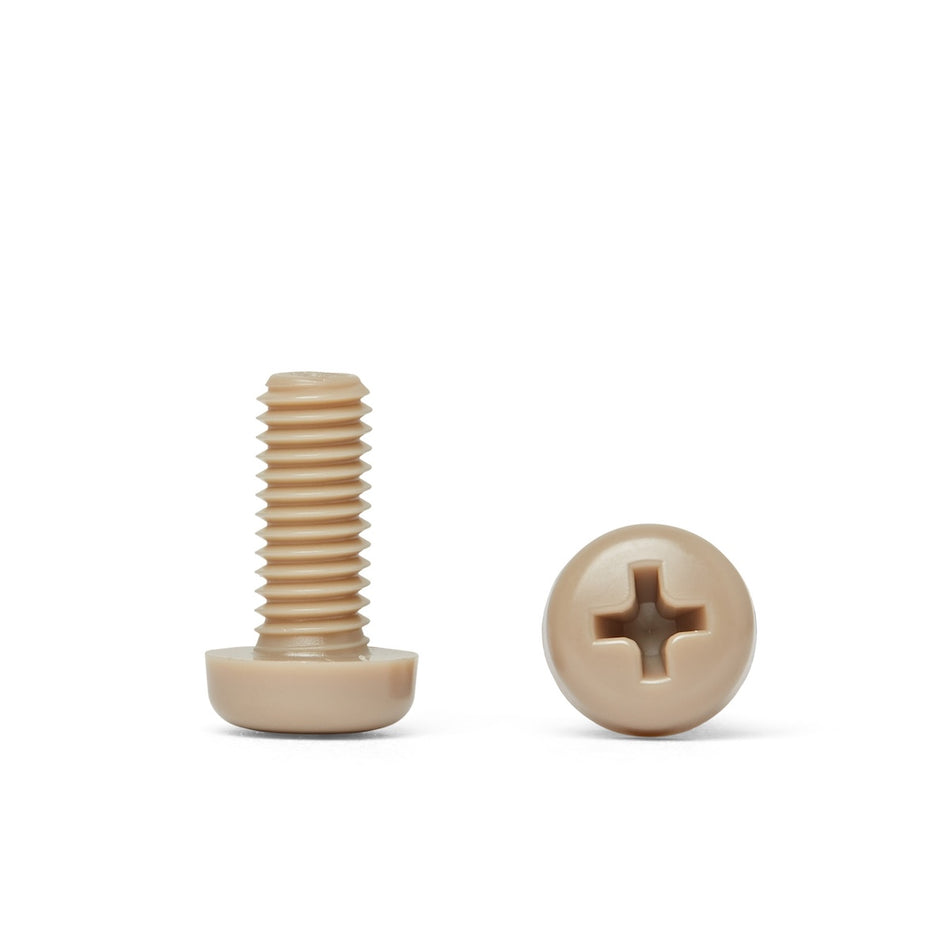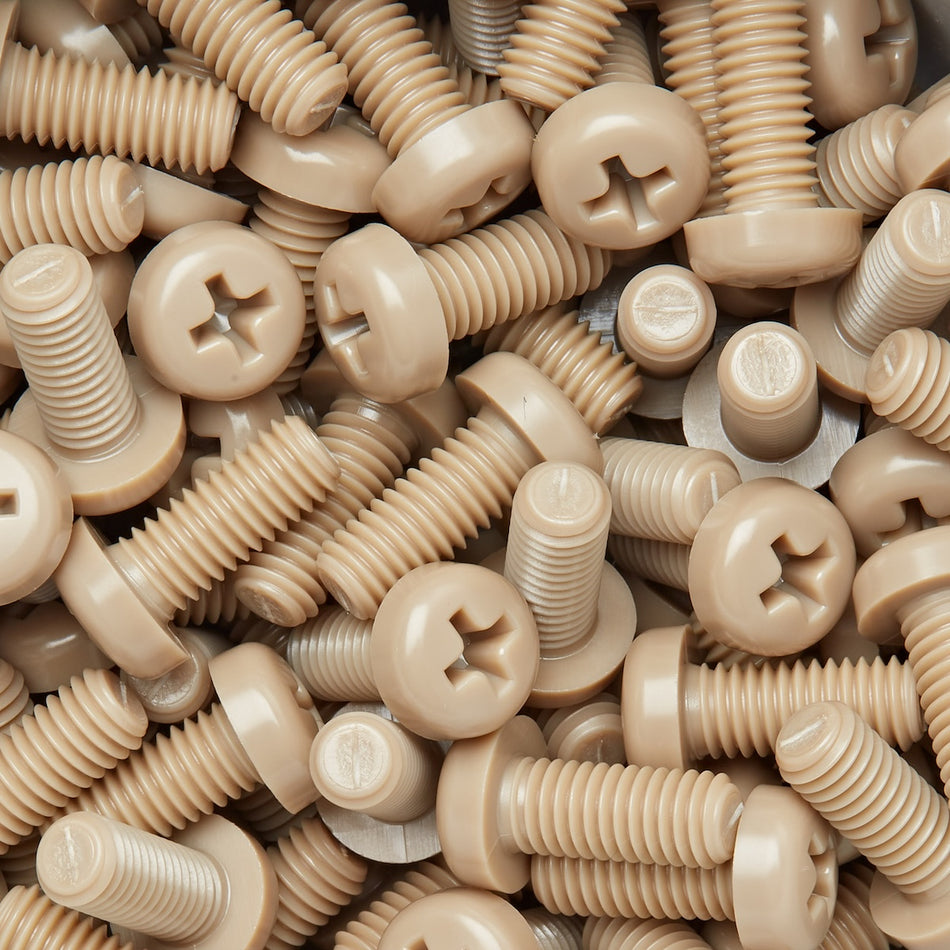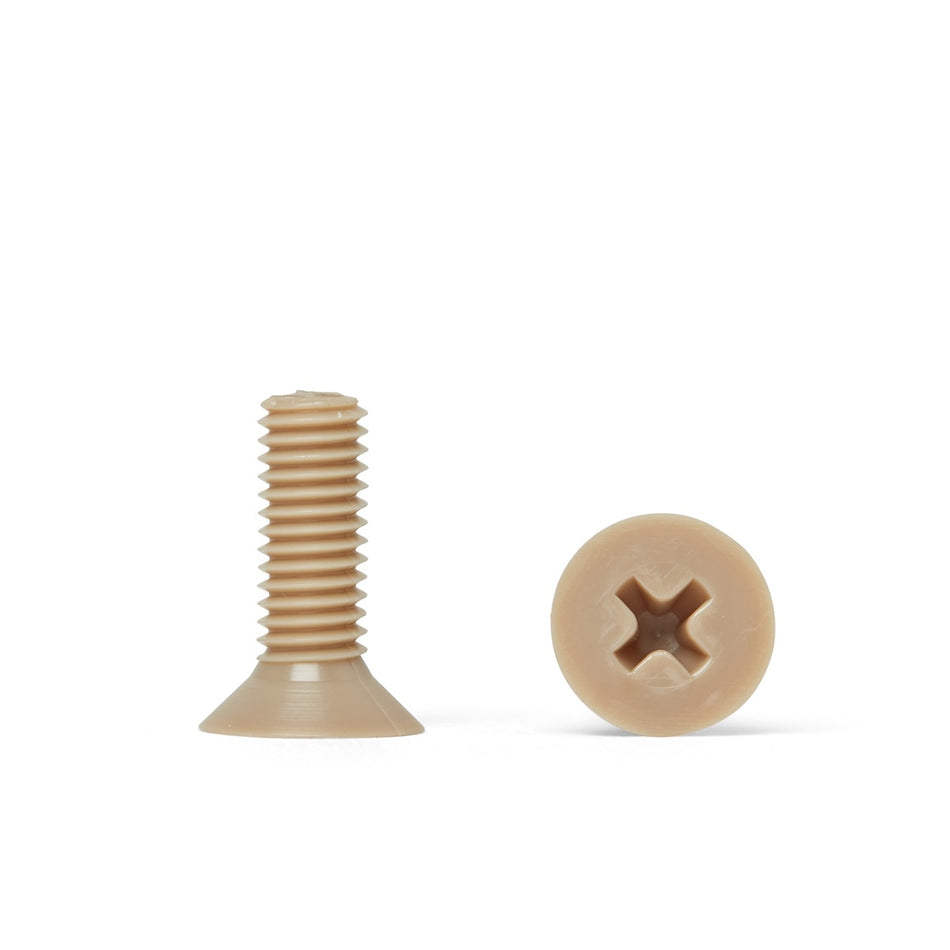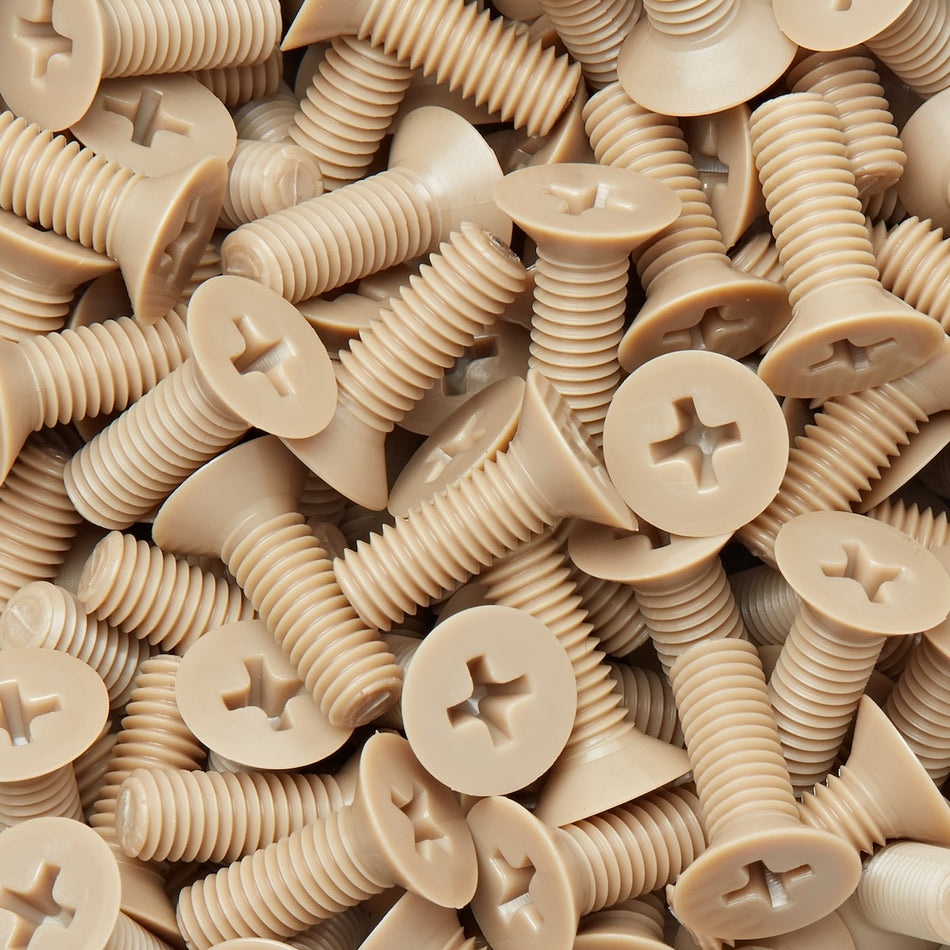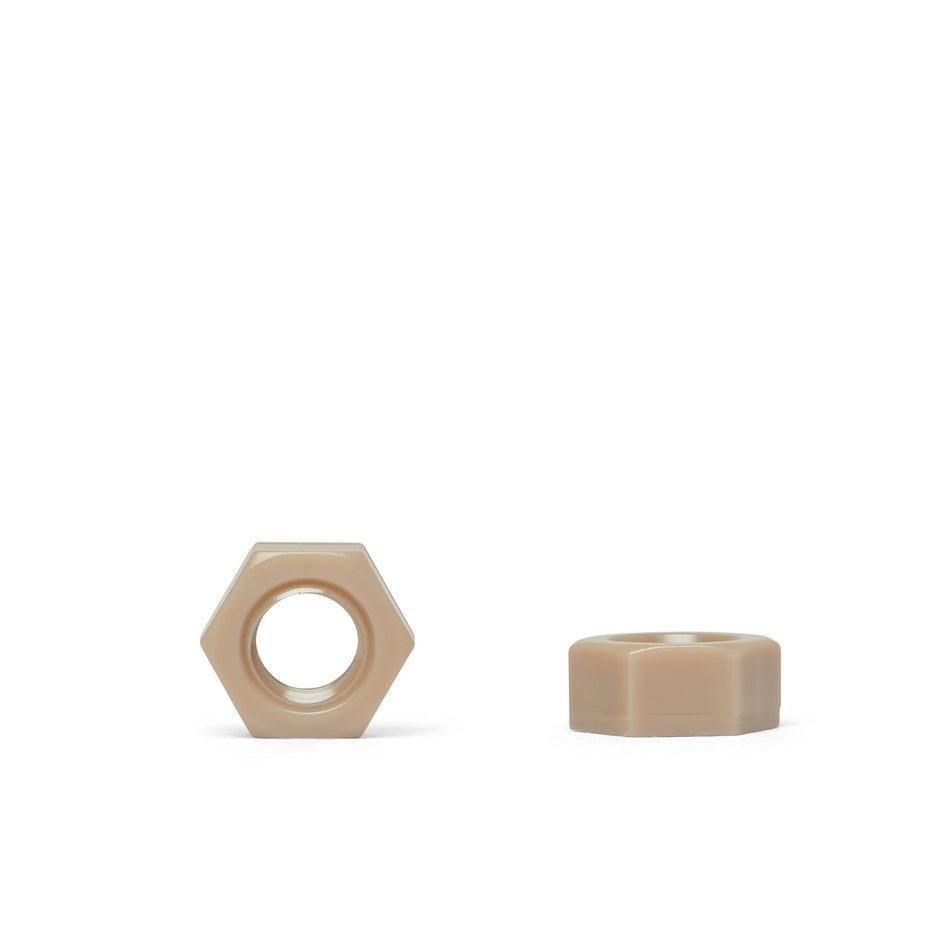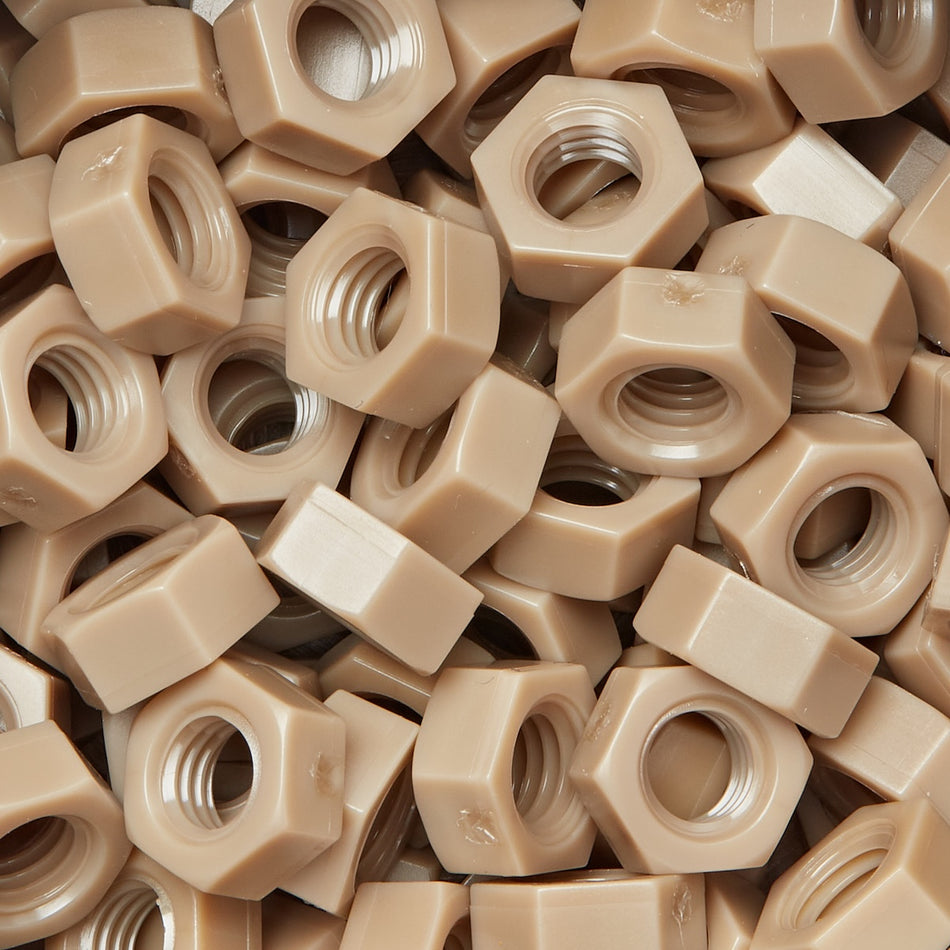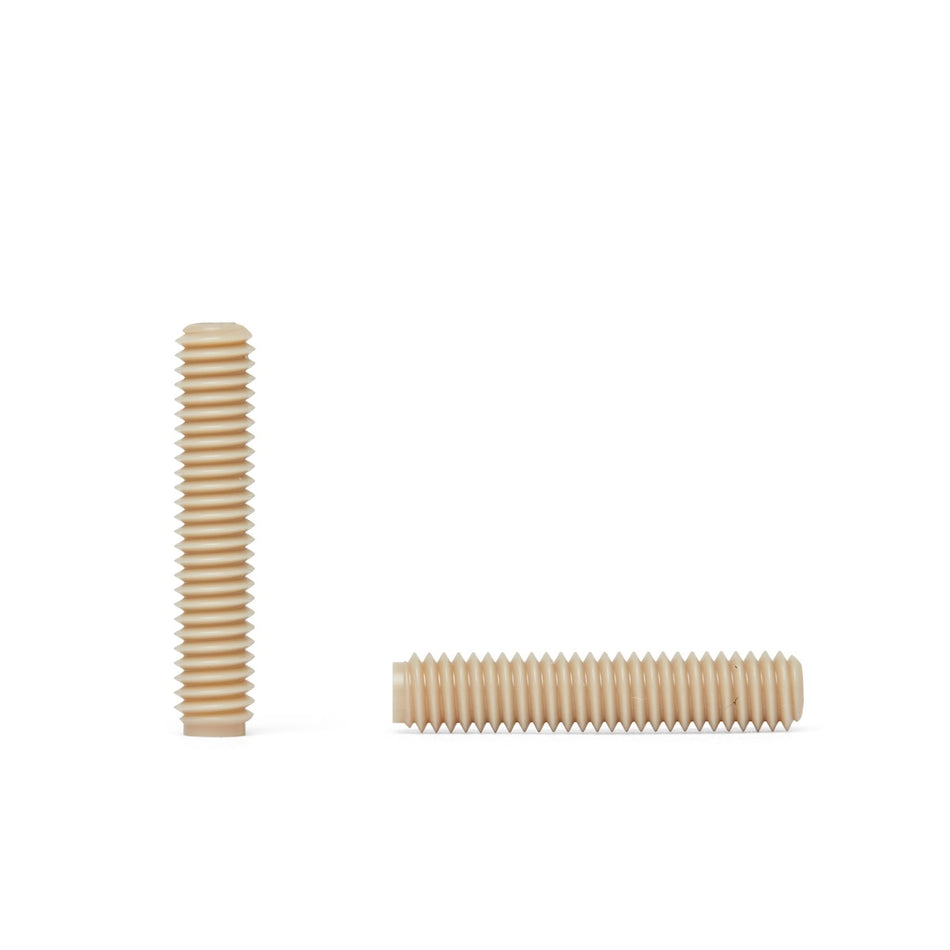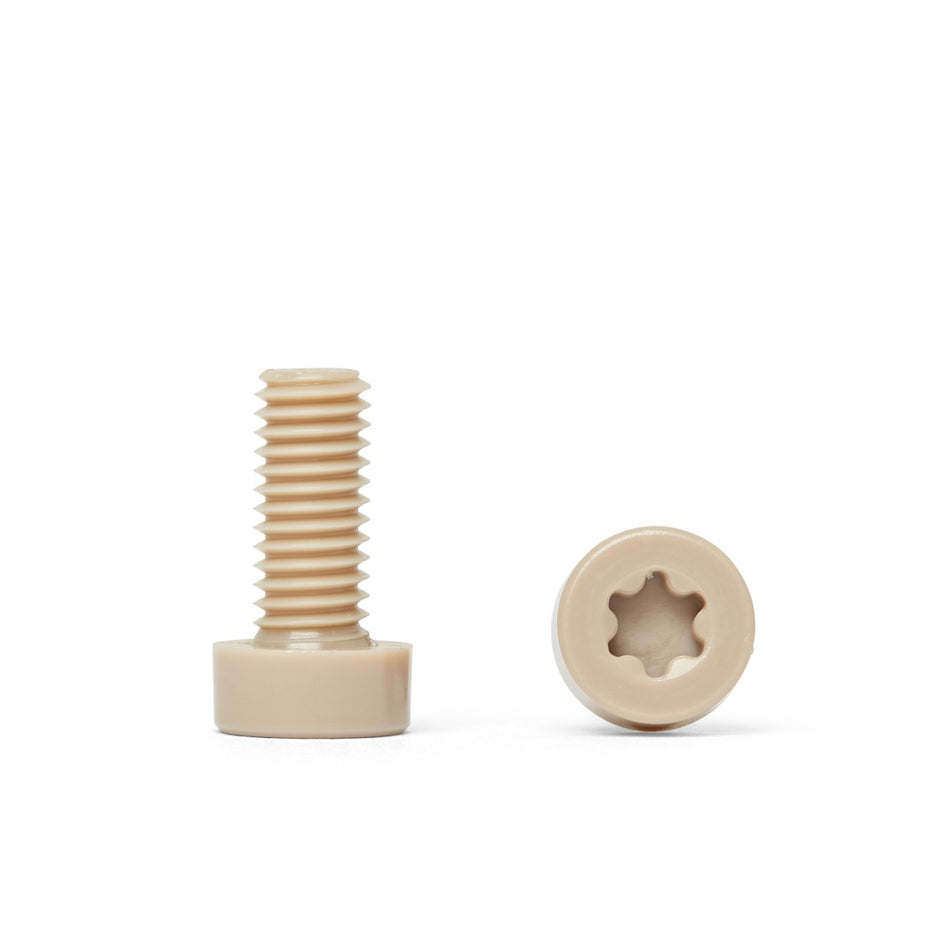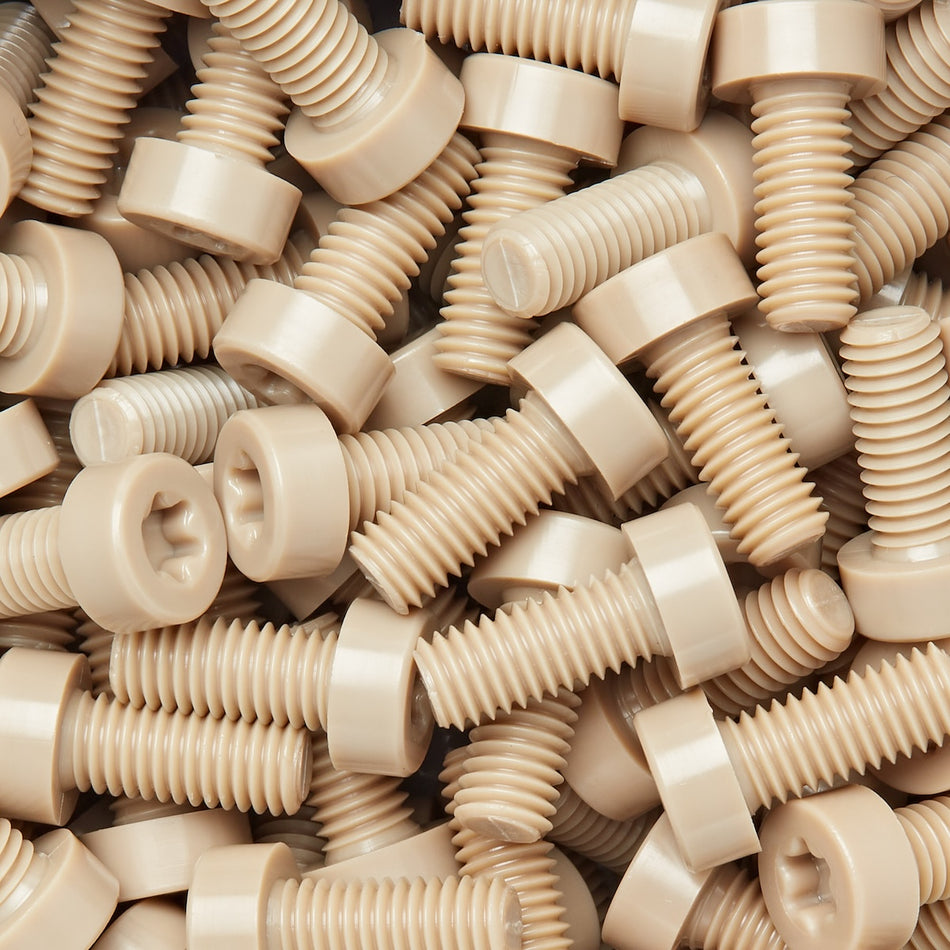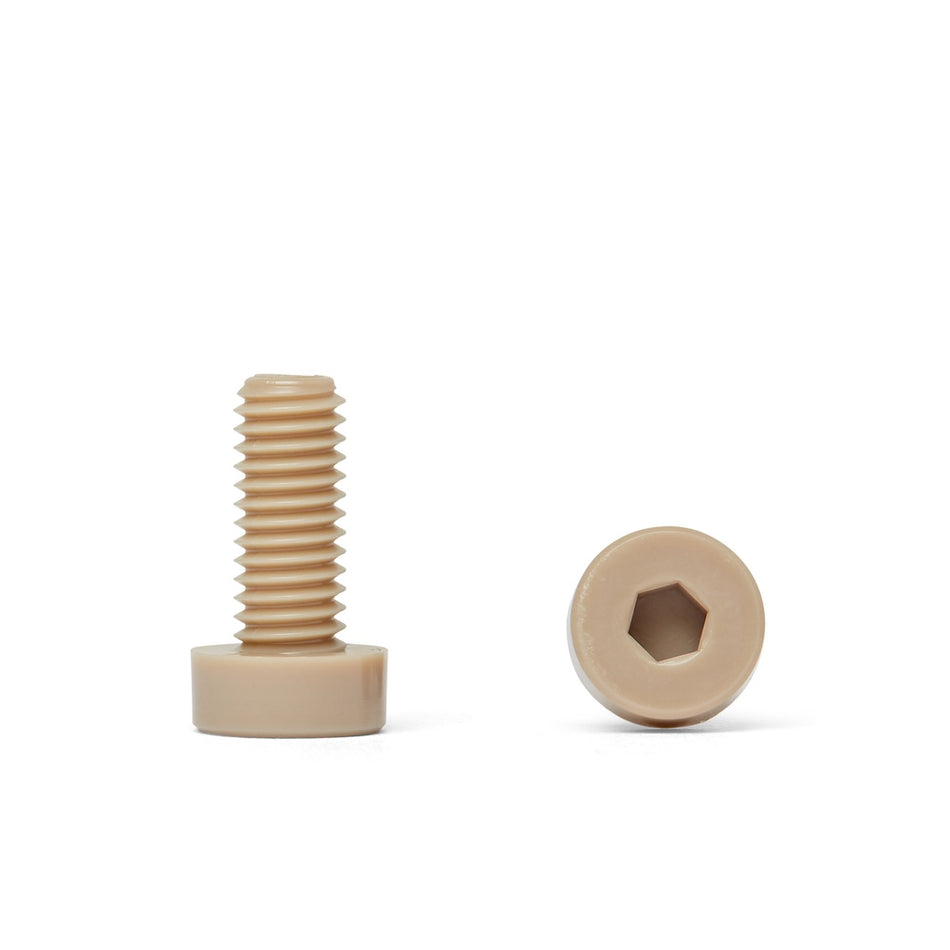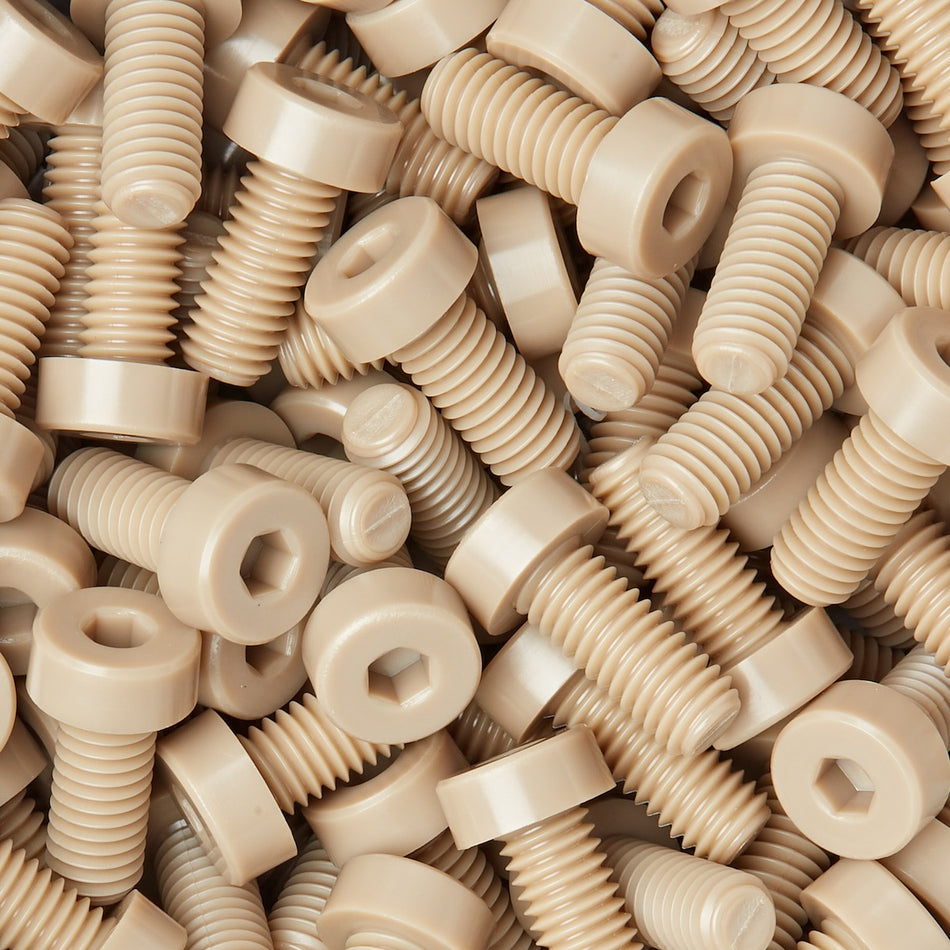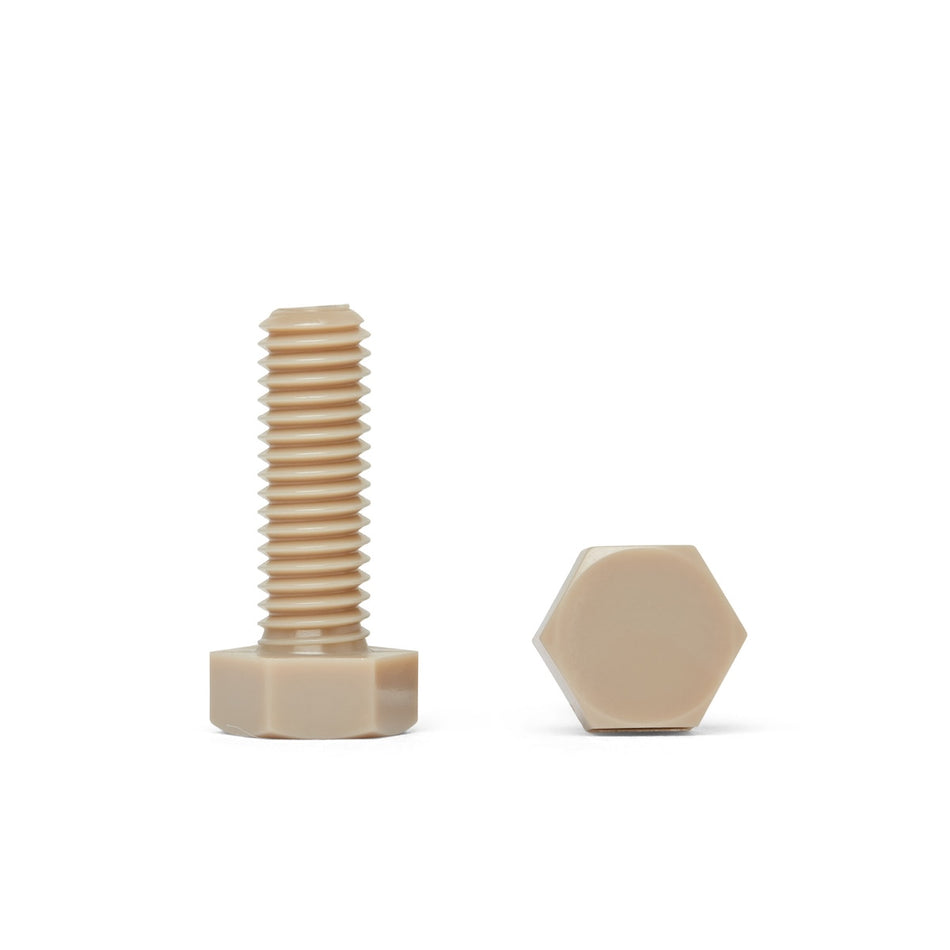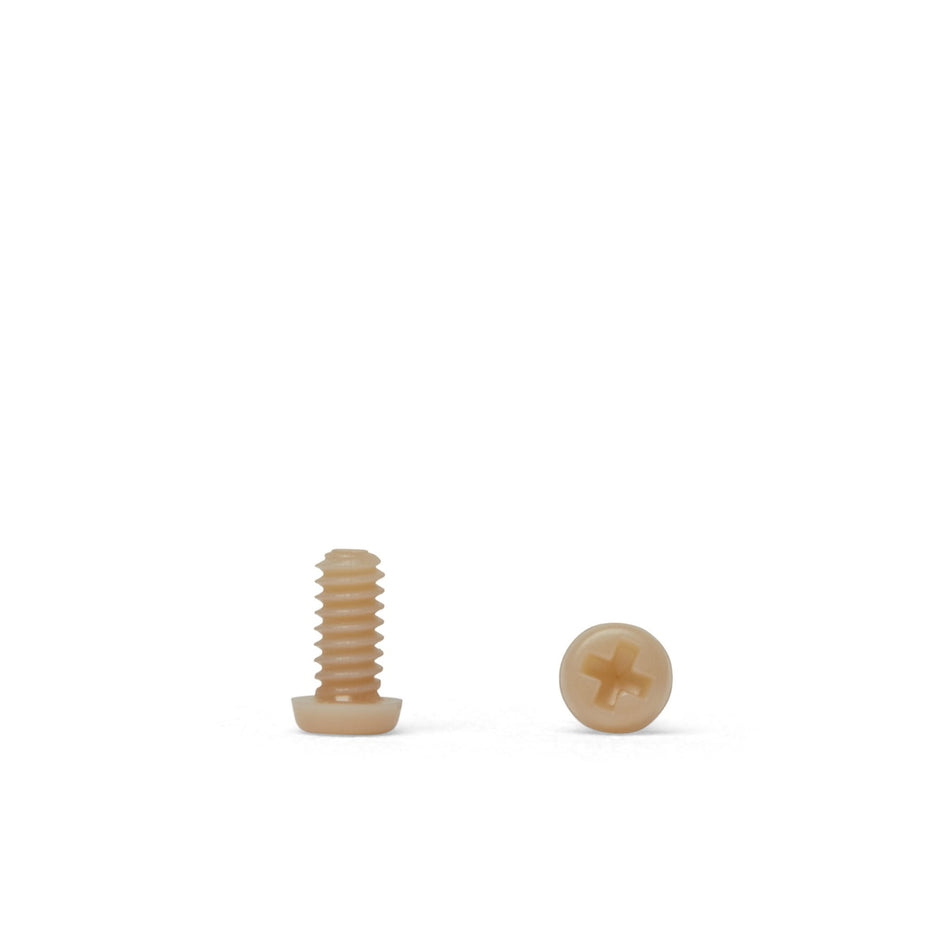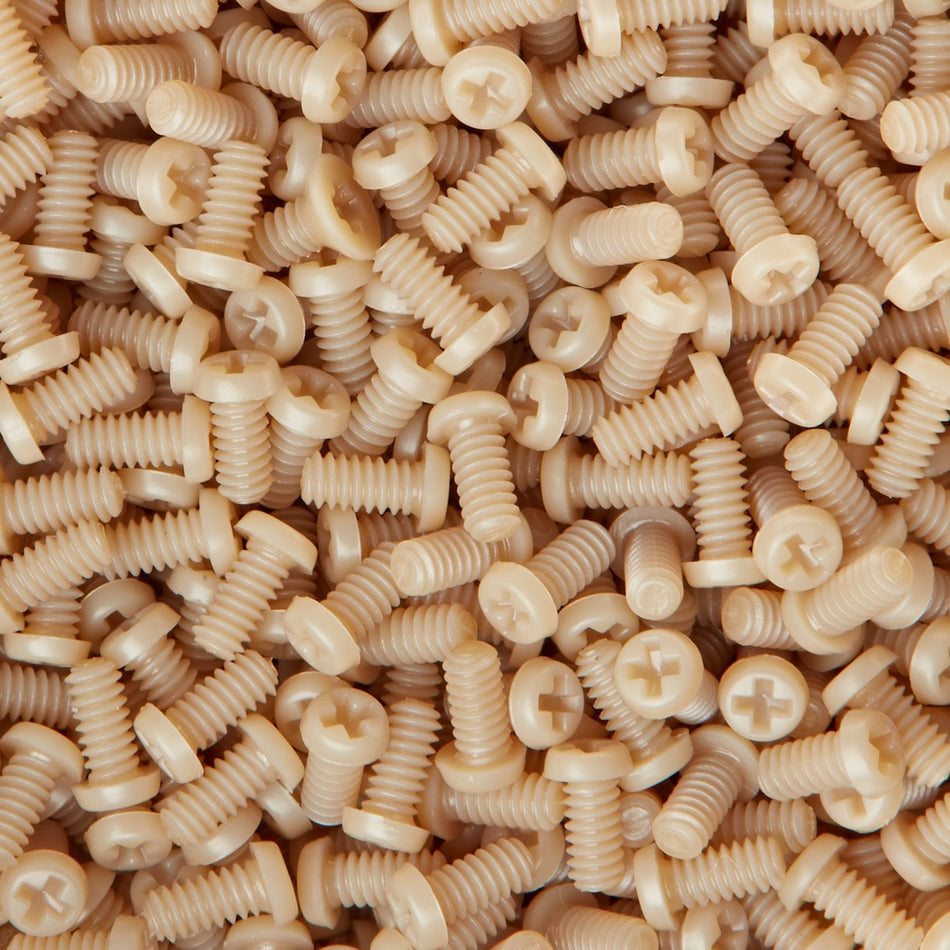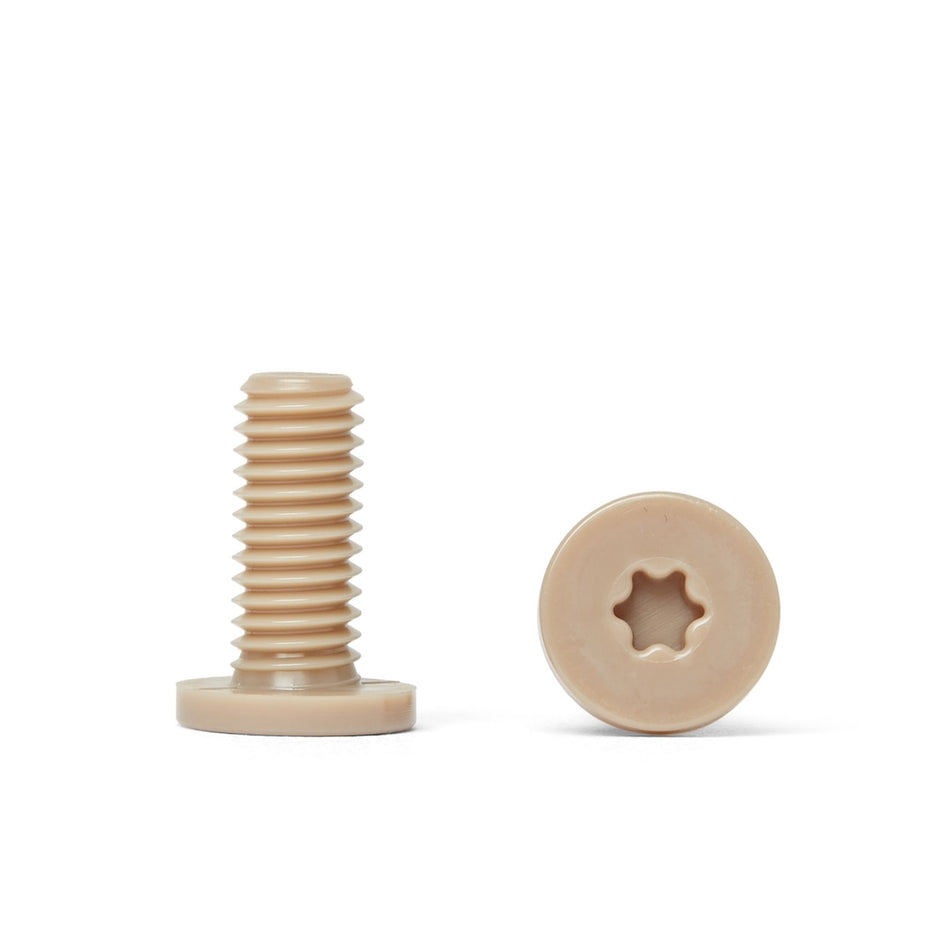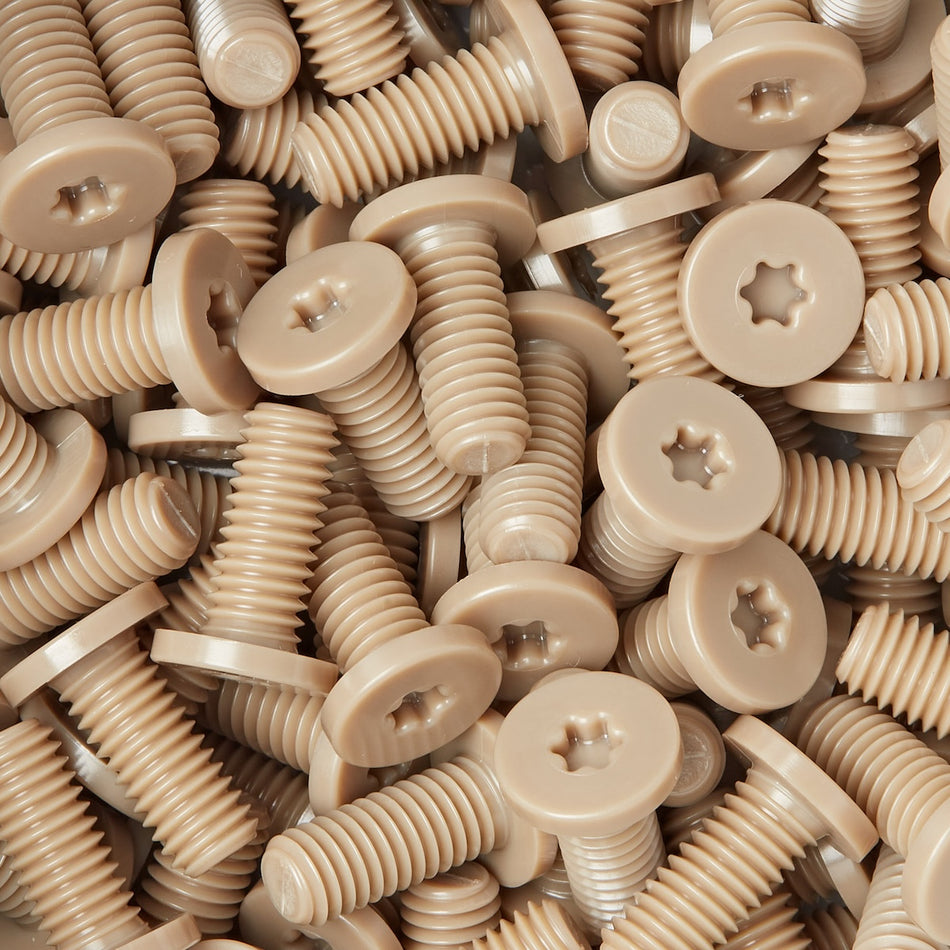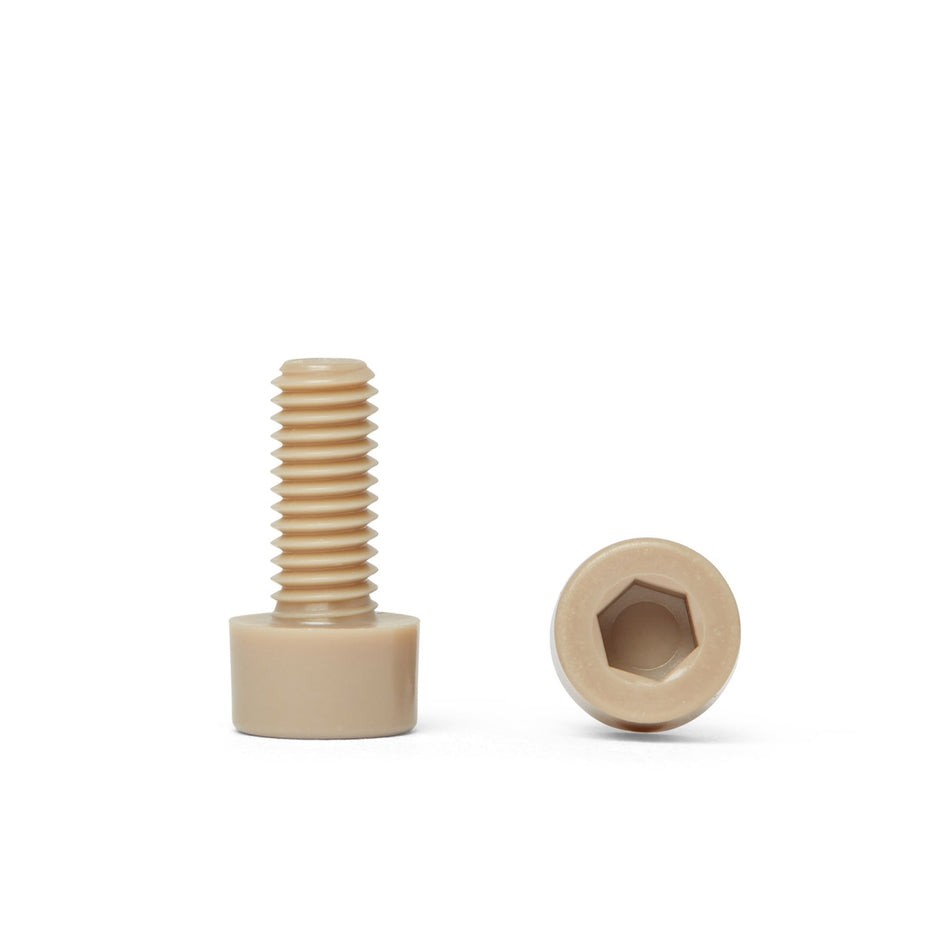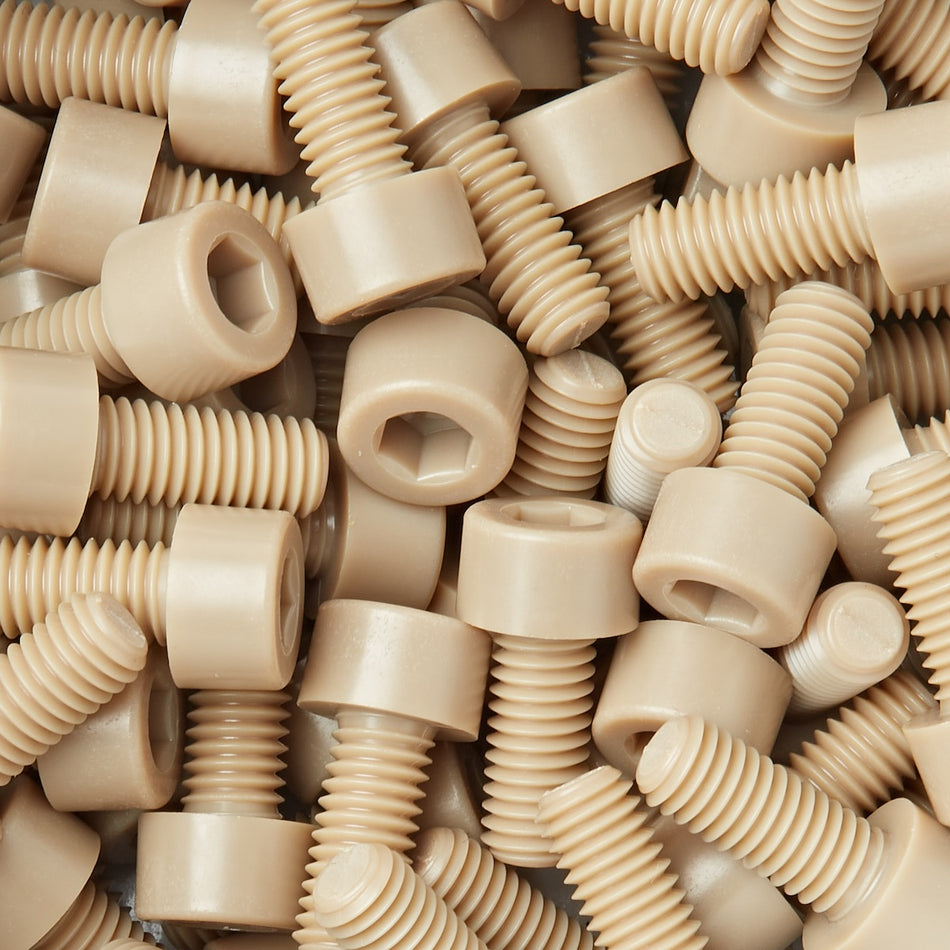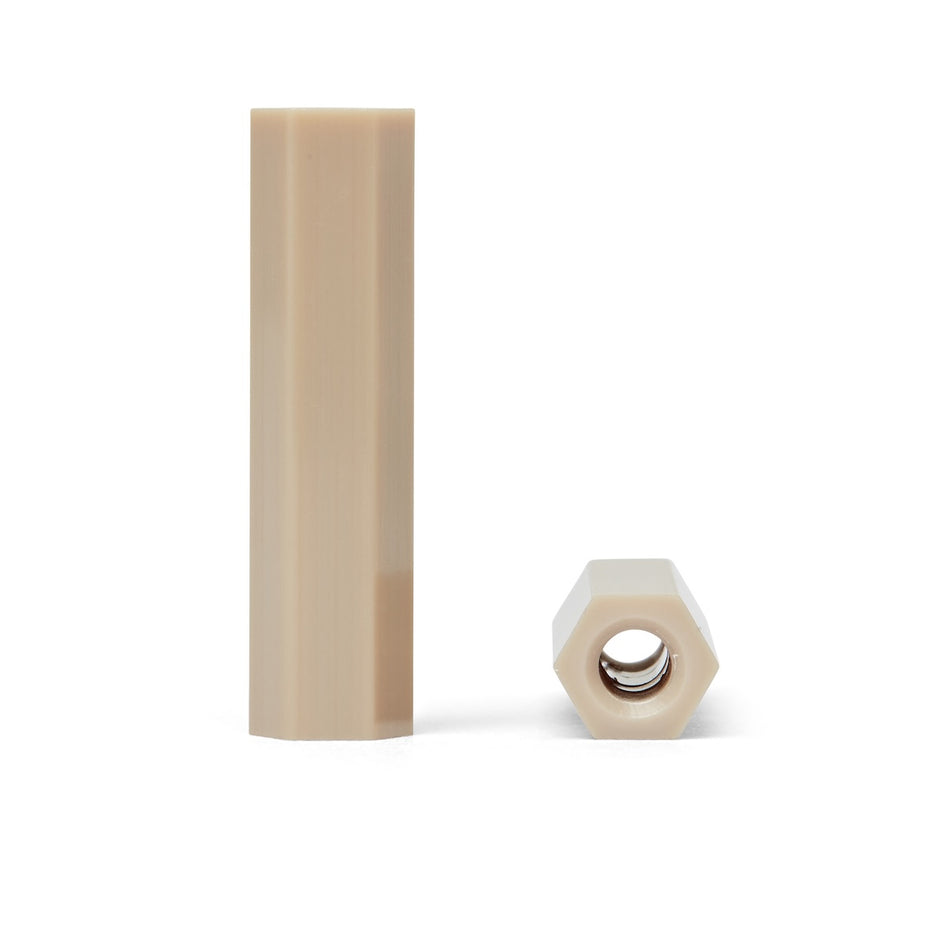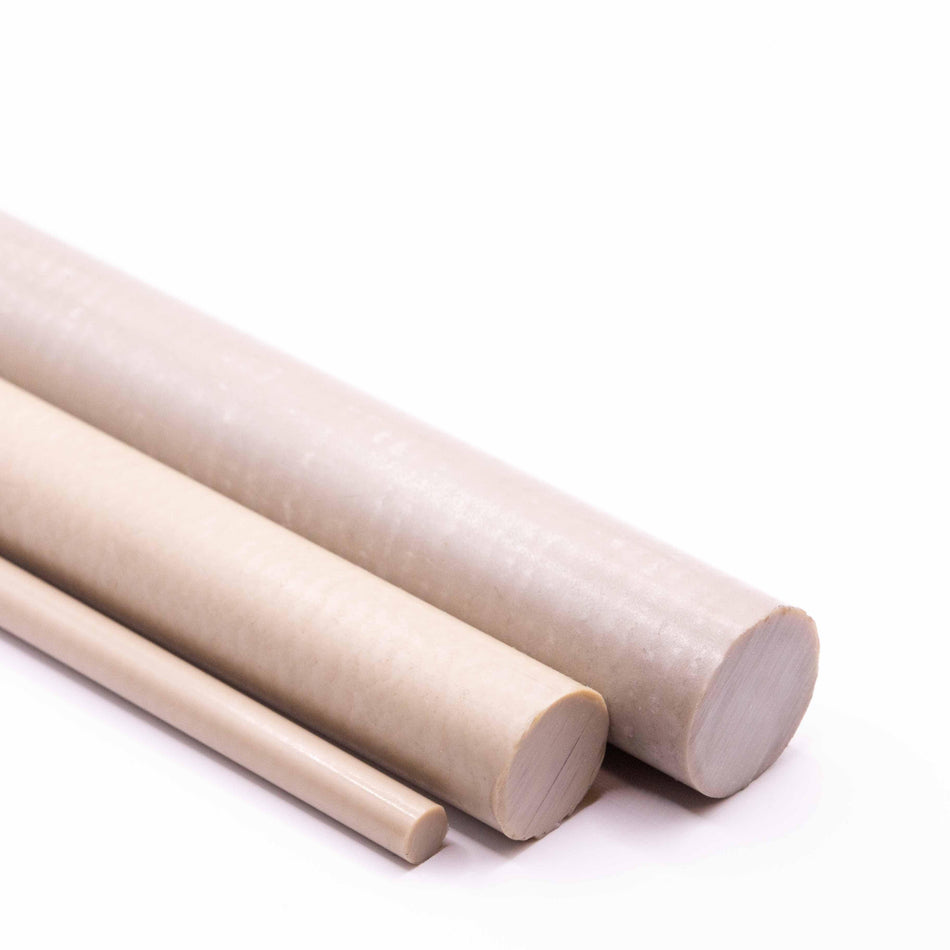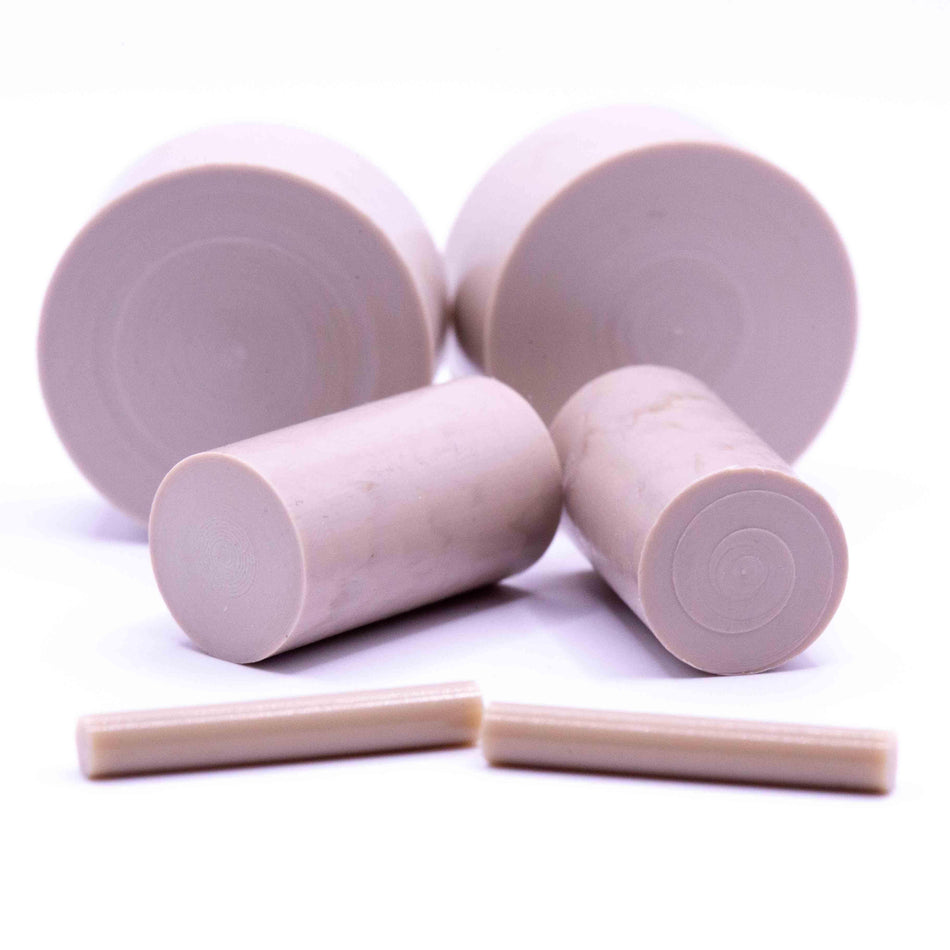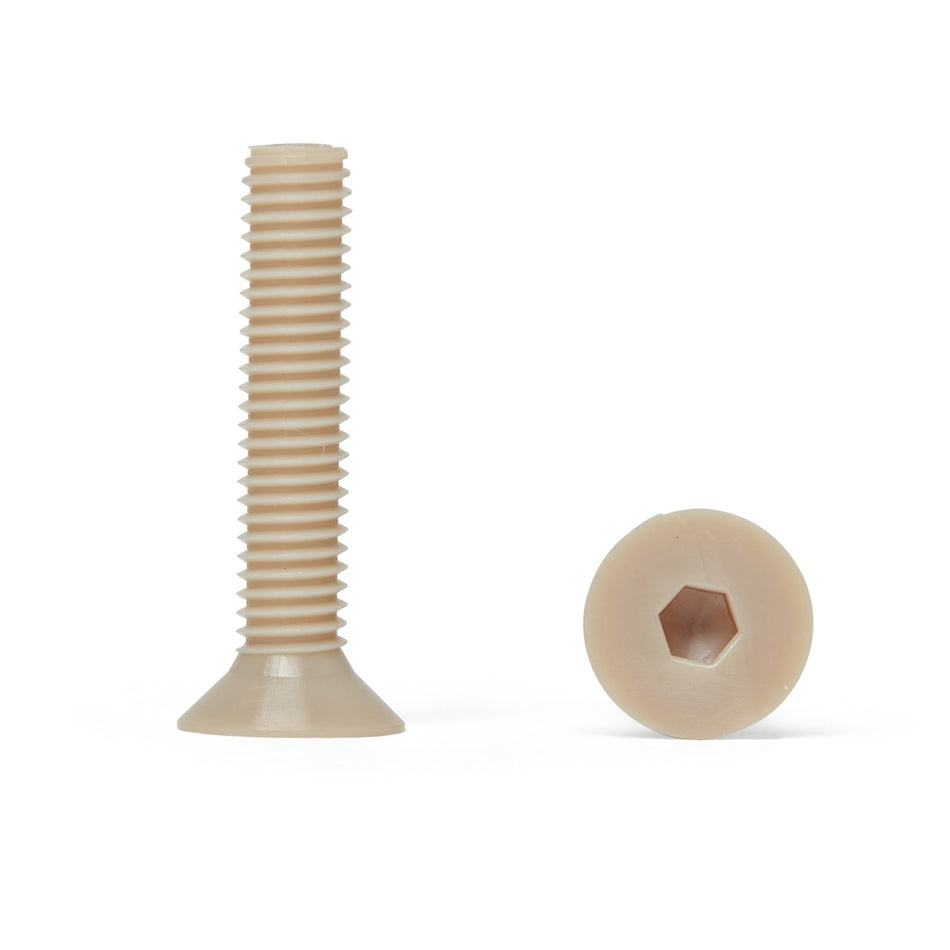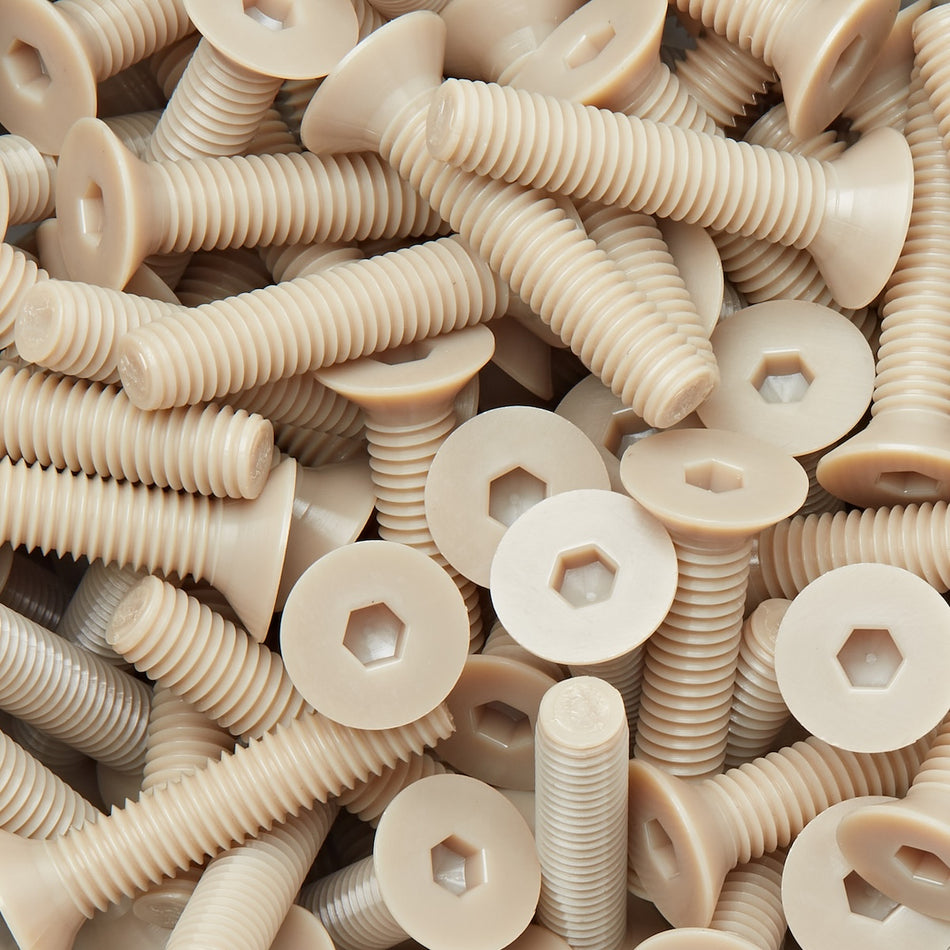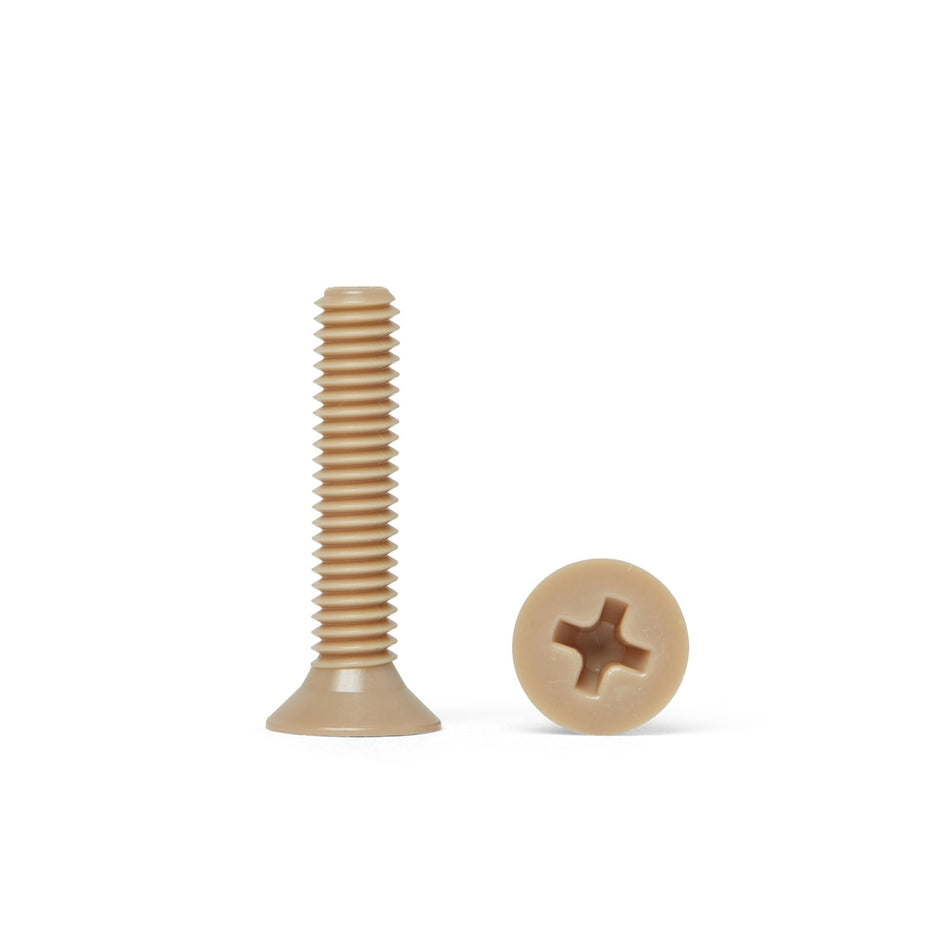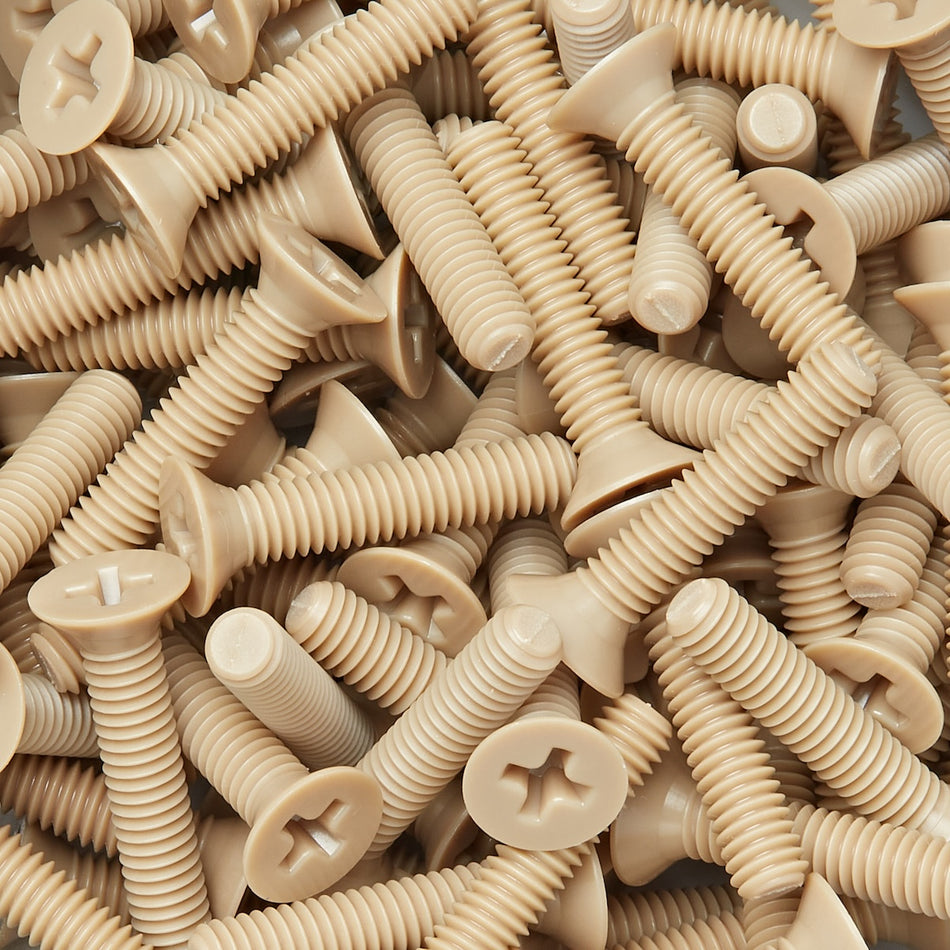72 Products
How Polymer Screws, Nuts, Bolts, and Fasteners are used in Electronic Sensors
Polymer screws, nuts, bolts, and fasteners may be used in a variety of applications related to the design, construction, and operation of electronic sensors. These types of fasteners are made from a variety of polymers, such as plastic, rubber, or composite materials, and are designed to be strong, durable, and resistant to corrosion.
One potential use of polymer fasteners in electronic sensors is in the construction of the sensors themselves. Polymer fasteners may be used to secure and fasten together the various components and subsystems of an electronic sensor, such as the sensing element, the amplifier, the control electronics, and the housing. Polymer fasteners may be preferred over metal fasteners in certain situations due to their lighter weight and resistance to corrosion.
Polymer fasteners may also be used in the maintenance and repair of electronic sensors. For example, polymer fasteners may be used to secure and fasten together the various parts and components of a sensor housing, such as the top and bottom covers, the sides, and the feet. Polymer fasteners may also be used to secure and fasten together the various parts and components of the control electronics, such as the printed circuit board, the connectors, and the switches.
Overall, the use of polymer screws, nuts, bolts, and fasteners can help to improve the performance, reliability, and durability of electronic sensors, and may play an important role in the design, construction, and operation of these devices.
Electronic sensors are devices that are used to detect and measure various physical, chemical, or biological phenomena, and convert the measured quantities into an electrical signal or output. Electronic sensors are used in a wide range of applications, including scientific research, industrial process control, environmental monitoring, and consumer electronics.
There are several different types of electronic sensors, including:
-
Temperature sensors: These sensors are used to measure temperature and may be based on principles such as thermocouples, resistance temperature detectors (RTDs), or thermistors.
-
Pressure sensors: These sensors are used to measure pressure and may be based on principles such as piezoresistive, capacitive, or electromagnetic.
-
Humidity sensors: These sensors are used to measure humidity and may be based on principles such as capacitive, resistive, or thermal.
-
Motion sensors: These sensors are used to detect motion and may be based on principles such as optical, ultrasonic, or capacitive.
-
Light sensors: These sensors are used to detect light and may be based on principles such as photodiodes, phototransistors, or photoresistors.
Overall, electronic sensors are an important tool for detecting and measuring various physical, chemical, or biological phenomena, and are used in a wide range of applications.

